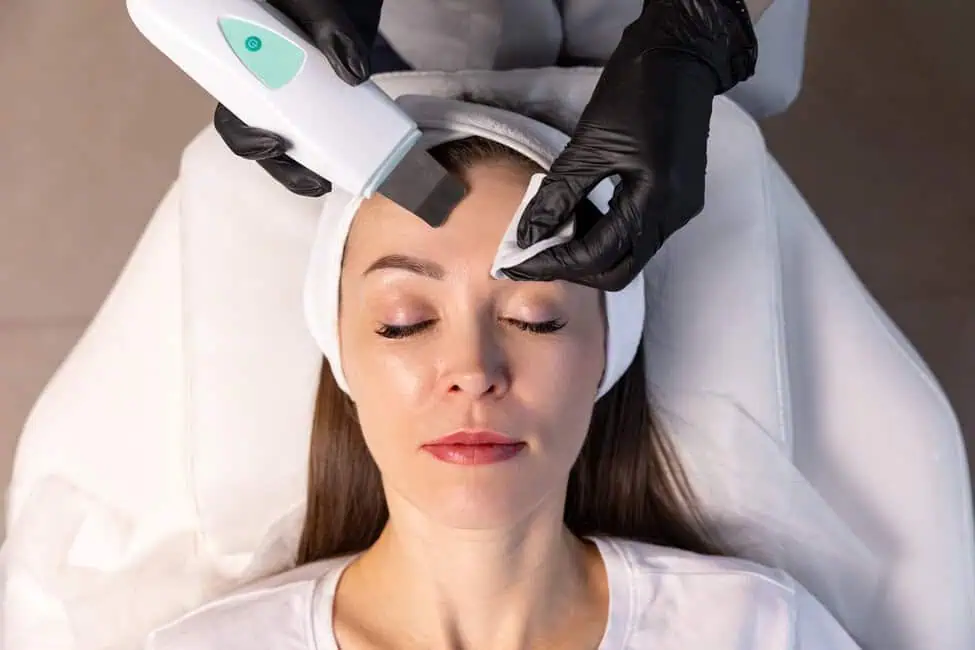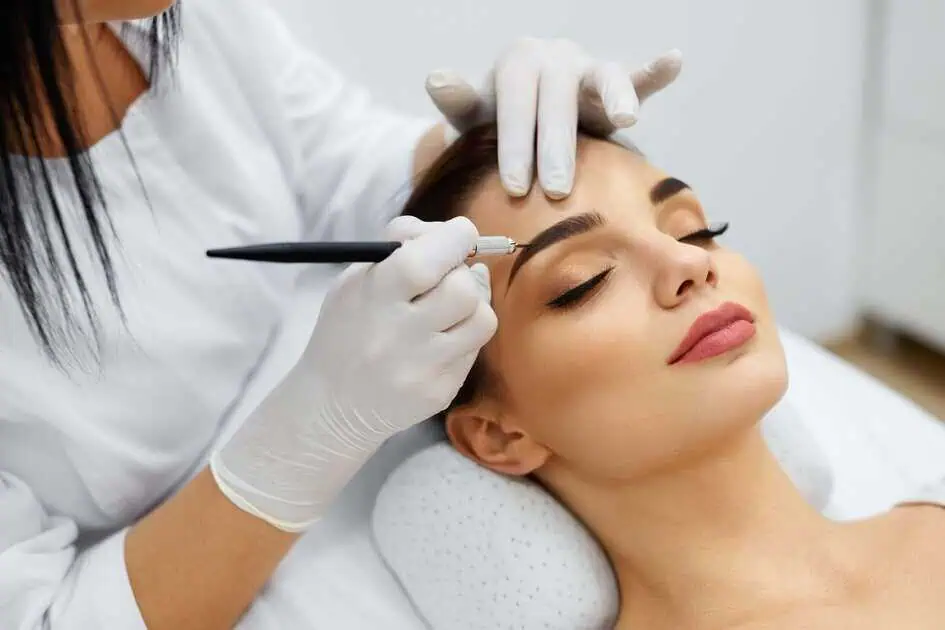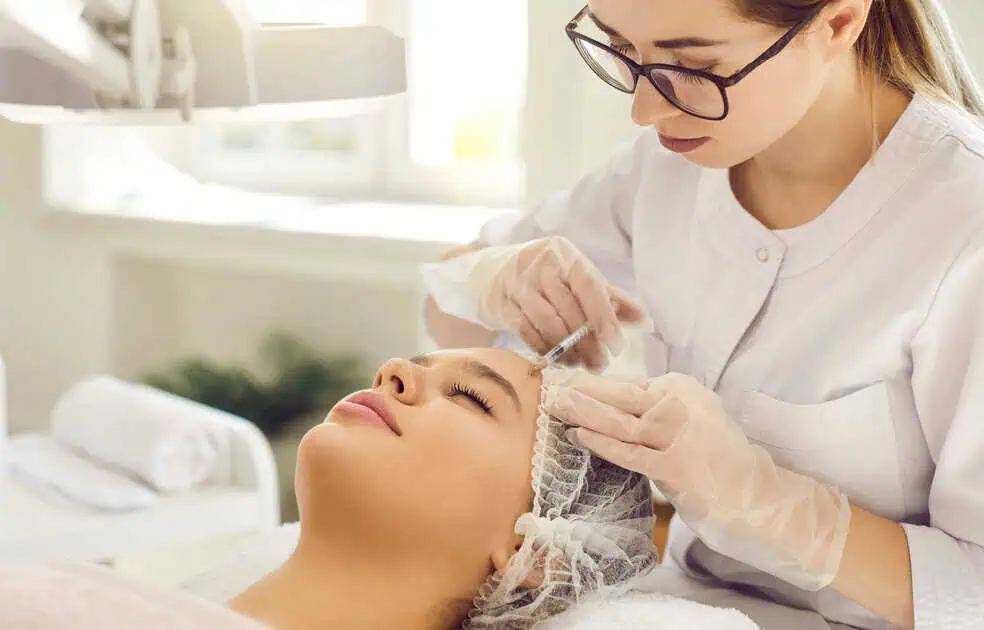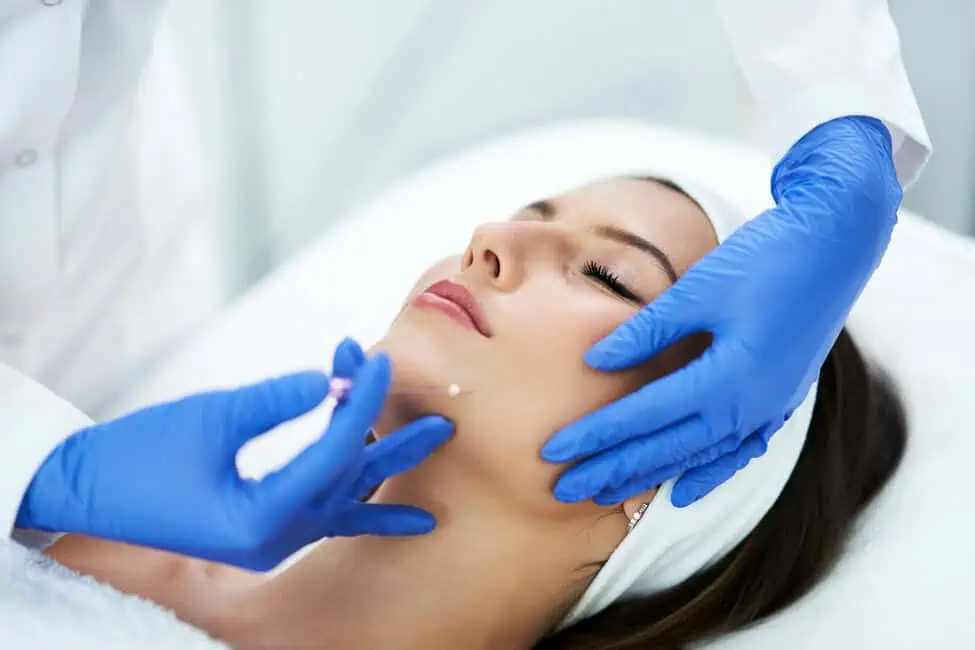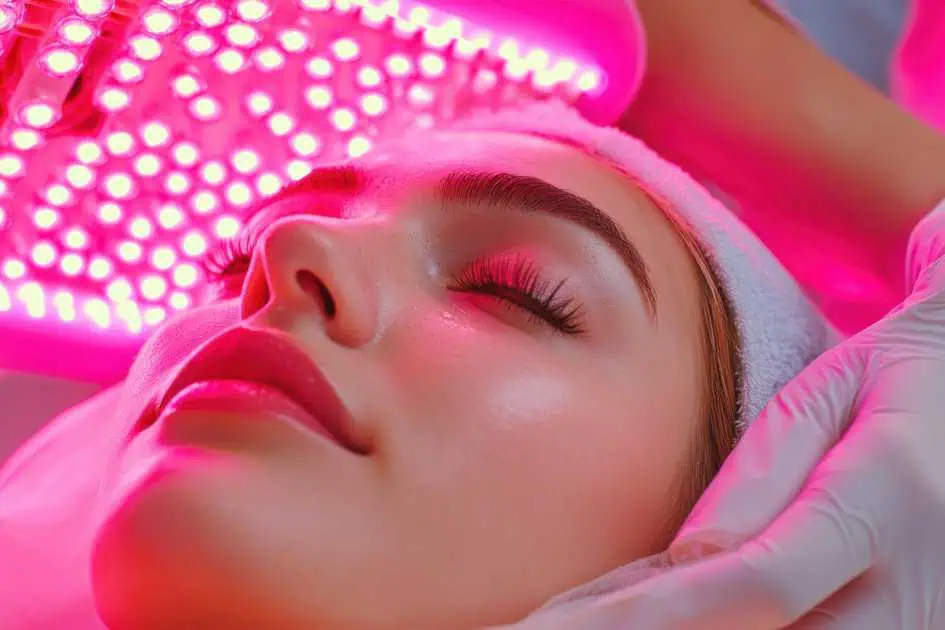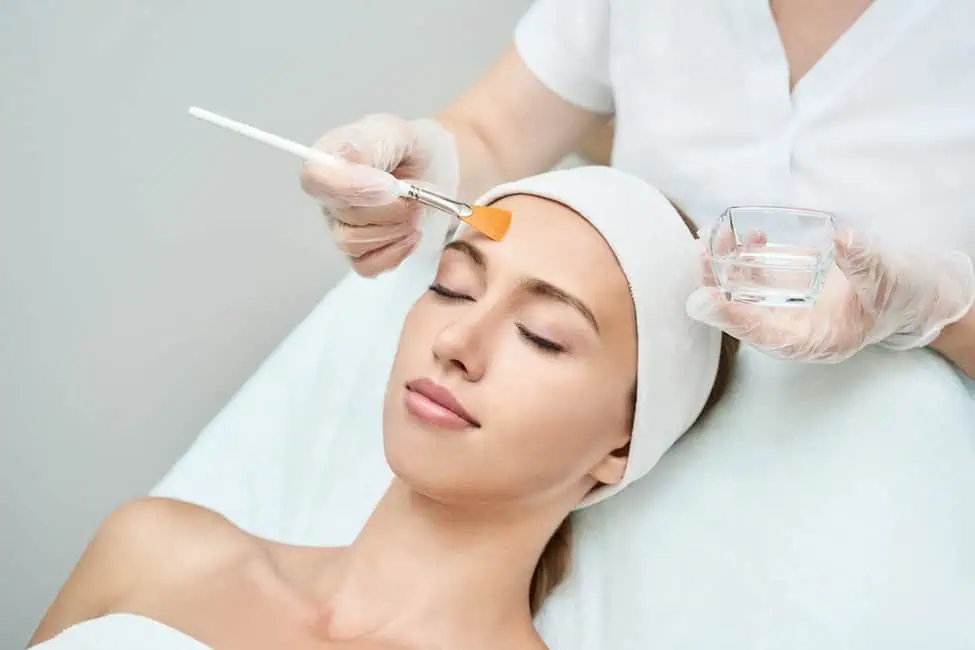
Chemical peels are among today’s modern approaches to skin rejuvenation. This procedure uses chemical solutions to remove layers of skin that reveal the more youthful skin beneath. Chemical peels can reduce or improve acne, fine lines and wrinkles, uneven skin coloring, scars, and other imperfections. Various chemicals determine the depth of your peel and the type of skin condition treated.
Today, let us know more about this procedure, what different conditions this treatment is used for, and the benefits one can get after experiencing this procedure. Continue reading until the end and discover if chemical peels can work for your skin concerns.
What is a Chemical Peel?
A chemical peel is performed by applying acid to the skin’s outer layer, revealing the deeper layers. Based on the skin’s strength and depth, chemical peels may also remove small portions of the dermis. This results in a much healthier and younger skin appearance. Aside from facial peels, chemical peel treatments are also available for other body parts.
In addition, peels help in the reduction of freckles, age spots, and wrinkles on the neck and hands. Using a medical-grade acid for chemical peels removes dead and pigmented skin cells from the epidermis. As a result, the skin grows back smoother. Medical-grade products used for legitimate treatments are only available to trained professionals, requiring special treatment. You can use chemical peels to treat several skin conditions, including:
- Age spots, sun spots, liver spots, freckles, uneven skin coloring
- Certain types of acne
- Fine lines found under your area of eyes or around the mouth
- Melasma or dark patches due to pregnancy or taking birth control pills
- Mild scarring
- Precancerous scaly spots called actinic keratosis
- Rough skin, scaly patches, dull complexion
- Wrinkling caused by aging, sun damage, and hereditary factors
How Chemical Peels are Performed
Chemical peels can be performed in your doctor’s office or inside surgery centers in an outpatient setting.
- First, your skin will be thoroughly cleansed using cleaning agents that remove excess oils while protecting your eyes and hair.
- Then, a chemical solution is applied to your skin. Typically, chemical solutions used for this step include phenol or carboxylic acid, glycolic acid, salicylic acid, trichloroacetic acid, or lactic acid.
- The different types of chemicals cause controlled injuries, penetrating further skin depth.
- Then, lastly, peeling away to reveal a new layer of skin.
The different chemical solutions offer different results. The choice of a chemical depends on your specific goal. Your dermatologist will work with you to determine the depth of your peel.
Light chemical peel – is a chemical peel solution that provides subtle improvement over time and is often done in series. The skin’s outermost layer is removed. This selection works best for acne, fine wrinkling, uneven skin coloring, or rough, dry, sun-damaged skin and helps promote a much-healthier glow. Recovery time from this chemical peel may happen within hours, up to a few days, with little to no downtime.
Medium chemical peel – is a chemical peel solution that gives the skin that smooth and fresh look. The middle skin layer’s outermost layer and the upper part are removed. This peel works best if you have uneven or moderate skin discoloration, acne scarring, age spots, or fine-to-moderate wrinkles. Medium peels have a recovery that may take a week or more and require some downtime.
Deep chemical peel – is a chemical peel solution that offers the most drastic results. This peel penetrates down to the skin’s lower middle layer. Recovery time is a bit longer with deep peels. This peel choice is best for moderate wrinkles, fine lines, extensive sun-damaged skin, deep acne scars, blotchy skin, or precancerous growths called actinic keratosis. Deep chemical peels require pre-treatment procedures for up to eight (8) weeks. Your doctor will provide specific instructions. Furthermore, deep chemical peels are a one-time-only treatment when applied to the face and have significant downtime.
Different Chemical Peel Procedures
THE PERFECT DERMA PEEL (30 minutes)
Perfect Derma Peels are medium-depth peels that are safe for all skin types. This peel has little to no downtime, requiring no pre-peel preparations required. Using Glutathione, this antioxidant helps this peel brightens and lightens the skin. Additionally, it also slows aging and prevents wrinkles.
ZO 3-STEP PEEL (30 minutes)
The ZO 3-Step Peels are effective treatments for conditions like fine lines, dull skin, sun damage, acne, Melasma, and uneven texture. This chemical peel is considered among the most effective and long-lasting treatments available for all skin types.
LEVEL 1 – SKINMEDICA ILLUMINIZE PEEL
The Illuminize Peels is the SkinMedica line’s lightest peel, perfect for first-timers who need quick brightening for special events or those who want a milder superficial treatment to restore brightness and radiance. This chemical peel improves the appearance of uneven skin tone, fine lines, and wrinkles caused by soft sun damage.
LEVEL 2 – SKINMEDICA VITALIZE PEEL
Practitioners may use the most popular mid-range peel on all skin types. This peel has more aggressive chemicals that produce measurable results after one treatment. The SkinMedica Vitalize peel is recommended for patients who want to improve mild to moderate skin conditions like sun damage, fine lines, wrinkles, acne, acne scarring, and Melasma.
LEVEL 3 – SKINMEDICA REJUVENIZE PEEL
The Rejuvenize Peel is SkinMedica’s deepest peel. The most significant results are achieved with the least amount of irritation. A chemical peel like this is recommended for patients with moderate to severe skin problems such as sun damage, wrinkles, uneven skin tone, and acne scarring. You will receive a complimentary consultation to determine if this peel is appropriate for your skin type.
DERMAPLANING ADD-ON
The procedure of dermaplaning involves physical exfoliation. The process involves utilizing sterile scalpels to gently “shave off” the skin’s surface, removing dead skin and fine, vellus hair, also called “peach fuzz.”
Chemical Peels: Are They Good for All Skin Types?
Generally, practitioners can use superficial chemical peels on all skin types. But, people with darker skin tones have more significant risks of experiencing skin darkening called post-inflammatory hyperpigmentation after treatment. When you have a naturally darker skin tone, you should ask your dermatologist about lesser aggressive treatments that help reduce hyperpigmentation risks.
Chemical peels may also not be recommended if you:
- Have a medical history of abnormal scarring of the skin.
- Have extra pigmentation in your scars.
- Have skin conditions or take medications that make your skin more sensitive.
- You can’t stay out of the sun for the healing period. The Bottomline
Chemical peels can treat different conditions and benefits regardless. Make sure to do some research first before undergoing anything. What is the best thing to do? Seek professional advice about chemical peels. Once done, you’re good to go!
Do you want to experience the benefits of chemical peels? Our amazing friends at The Shine Spa can help you today.
